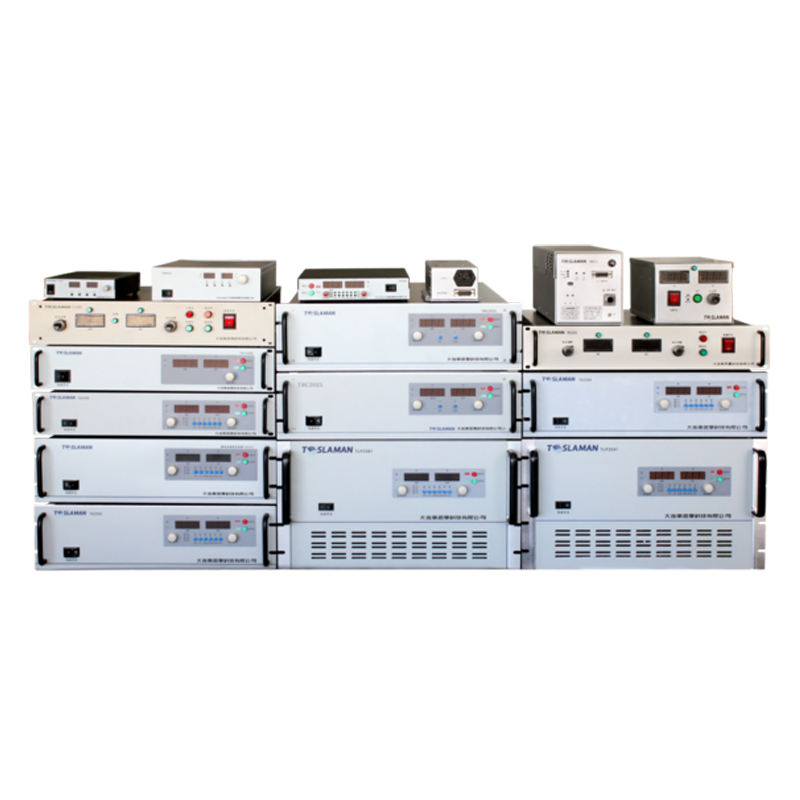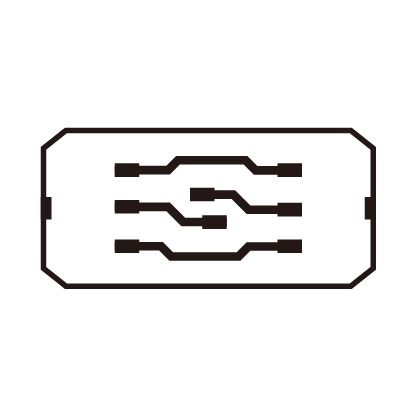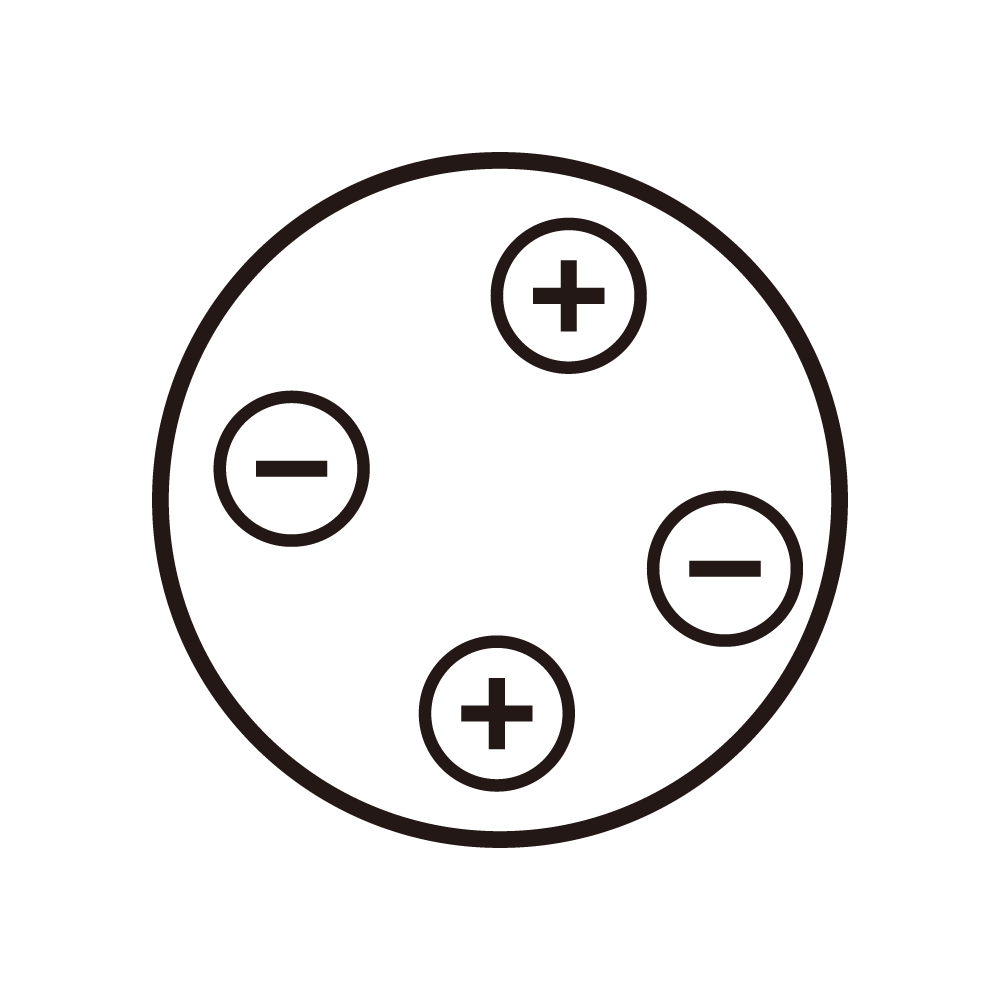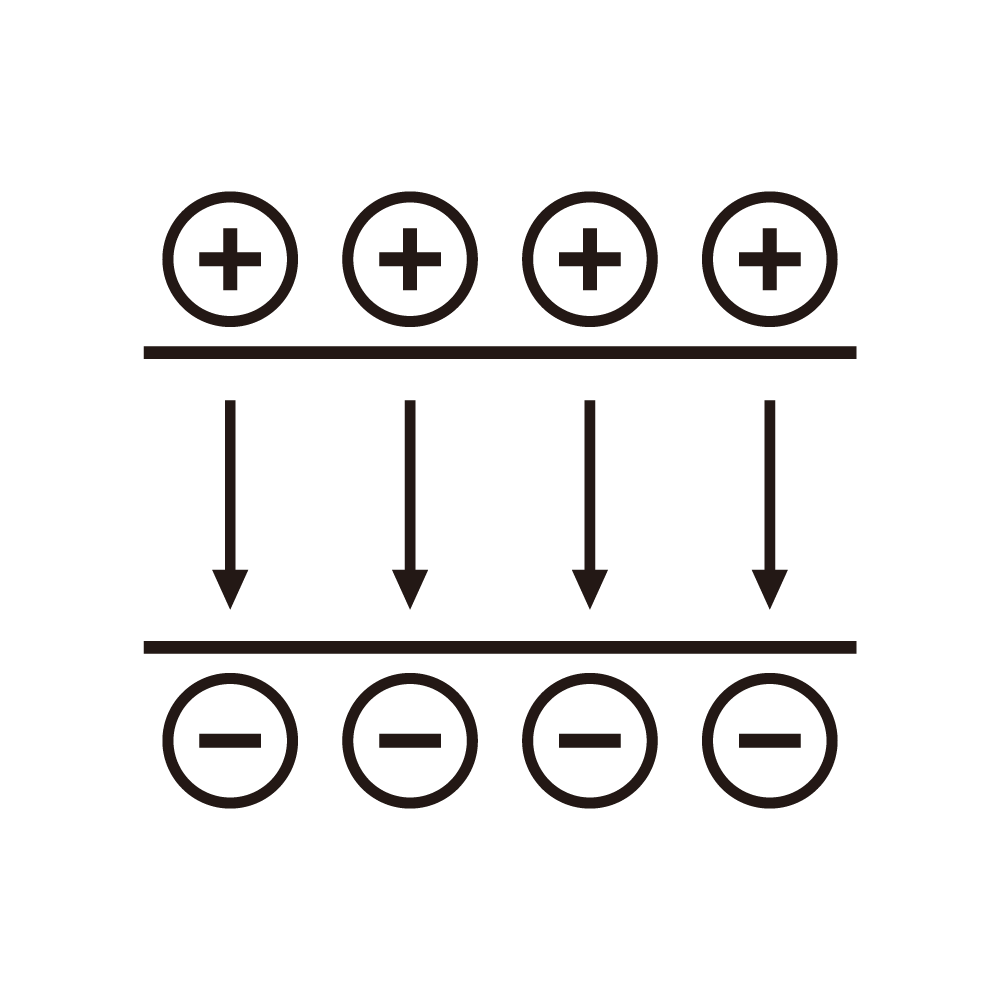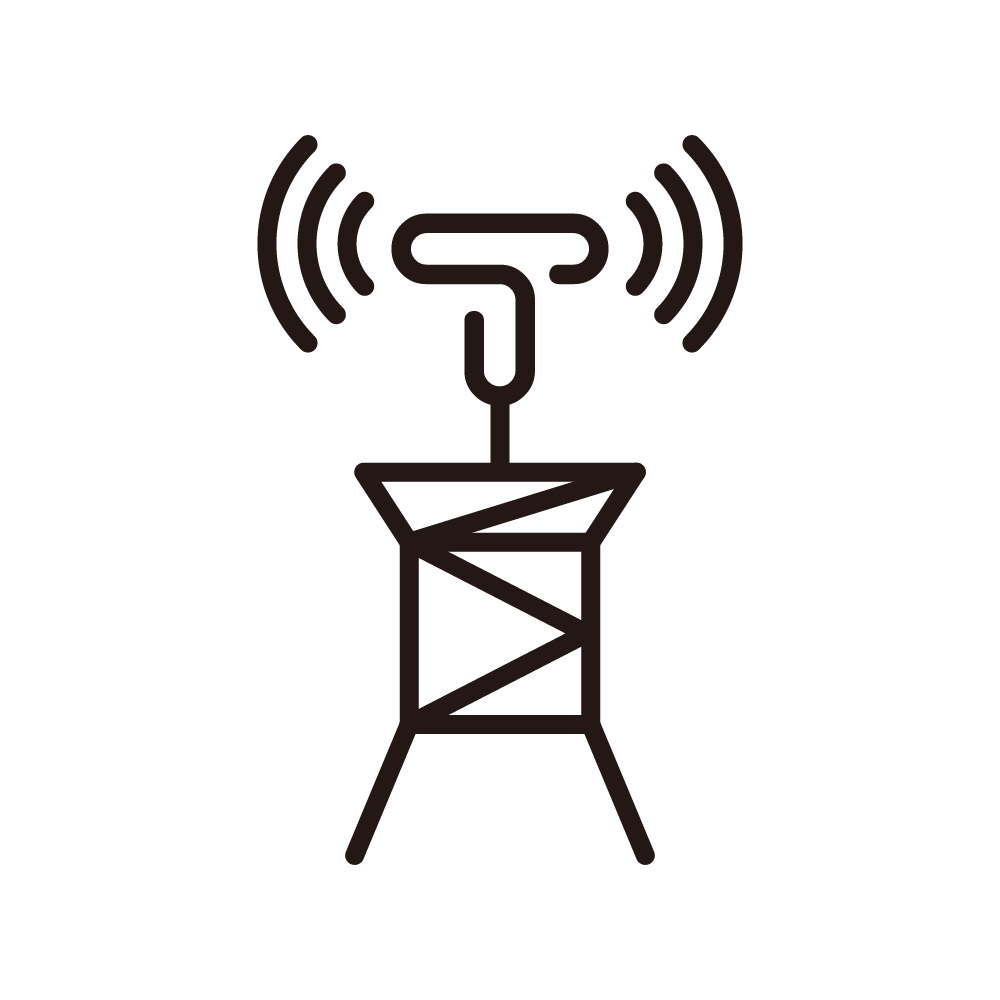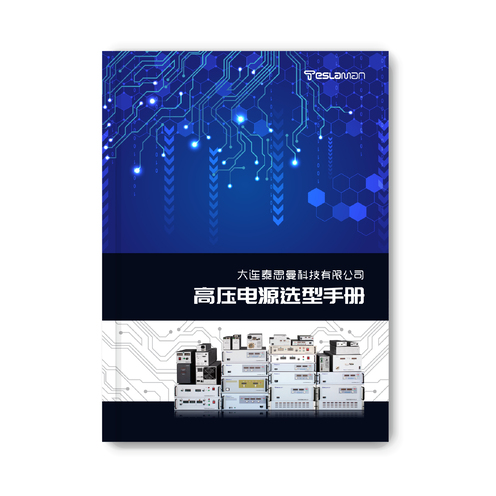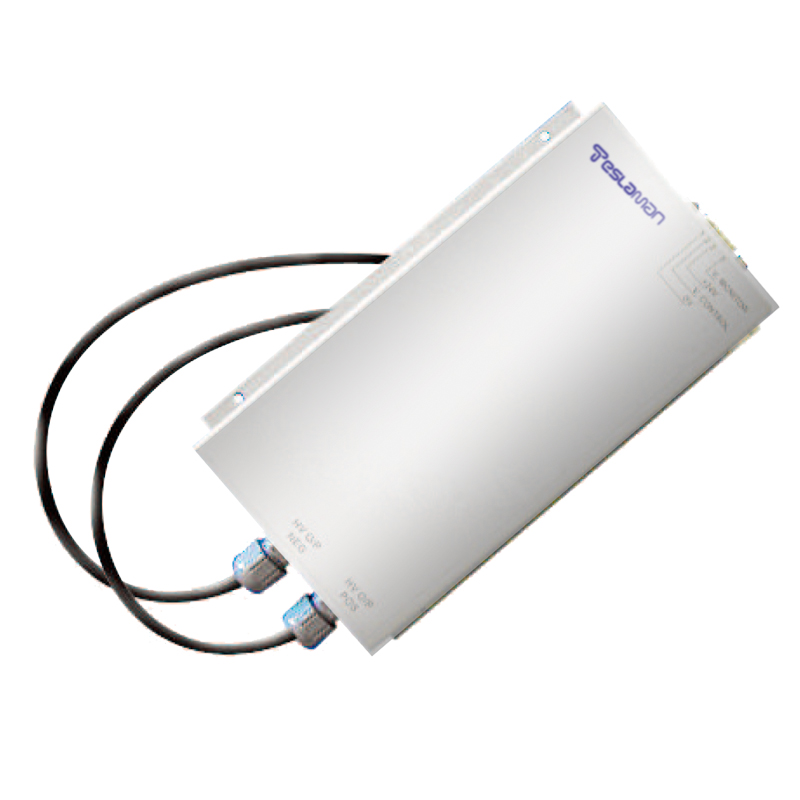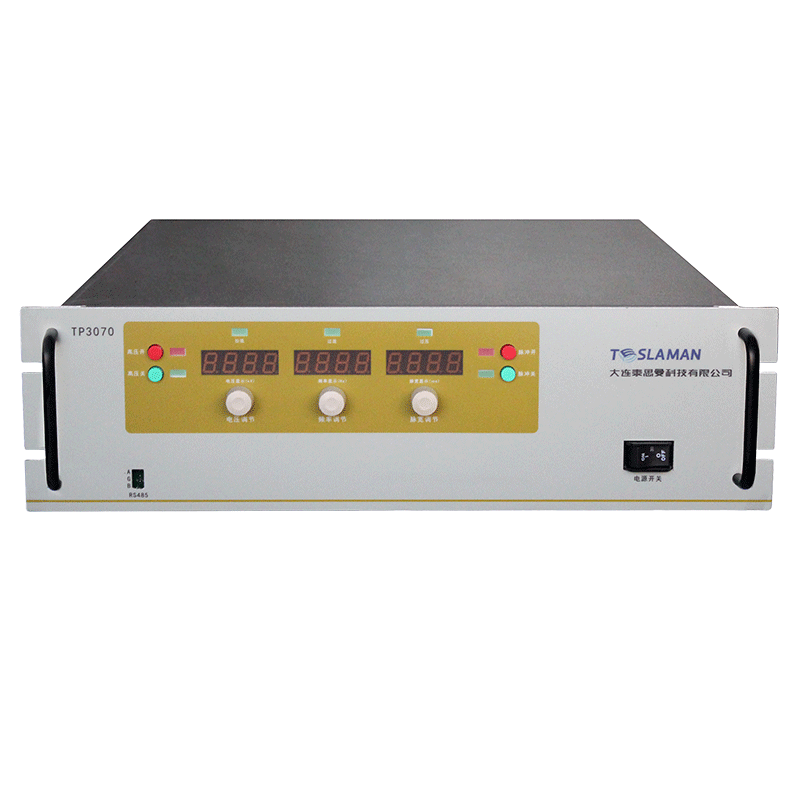A Simple Analysis of the Functions of High-Voltage Power Supplies
High-voltage power supplies, as critical electronic devices, are widely used in scientific research, industrial manufacturing, medical equipment, communication technologies, and environmental protection. Their core function is to convert low-voltage electrical energy into high-voltage output to meet the needs of specific applications. This article provides a straightforward analysis of the basic principles, functional characteristics, and applications of high-voltage power supplies across various fields, exploring their importance in modern technological development.
1. Basic Principles and Functional Characteristics of High-Voltage Power Supplies
The working principle of high-voltage power supplies is based on electrical energy conversion technology, typically achieved through components such as transformers, rectifiers, filters, and voltage regulators. Their core function is to convert low input voltage (e.g., 220V or 380V mains) into high-voltage output ranging from hundreds to hundreds of thousands of volts. This process involves efficient energy conversion and precise control to ensure the stability and reliability of the output voltage.
1. Voltage Conversion Function
The core function of a high-voltage power supply is voltage conversion. Through a transformer, the input low voltage is stepped up, and after rectification and filtering, the desired high voltage is output. This function is particularly important in devices requiring high-voltage drive, such as electrostatic precipitators, X-ray generators, and laser equipment.
2. Stability and Precise Control
The output voltage of a high-voltage power supply must exhibit high stability and precise controllability. Modern high-voltage power supplies often employ closed-loop control technology, using feedback mechanisms to adjust the output voltage in real time to cope with load changes or input voltage fluctuations. Such stability is crucial in scientific research (e.g., particle accelerators) and medical equipment (e.g., CT scanners).
3. High Efficiency and Low Energy Consumption
High-voltage power supplies are designed to focus on energy conversion efficiency to reduce energy loss and lower operating costs. High-efficiency high-voltage power supplies not only minimize energy waste but also reduce heat generation, extending the device's lifespan.
4. Safety and Protection Features
High-voltage power supplies are typically equipped with multiple protection mechanisms, such as overvoltage protection, overcurrent protection, short-circuit protection, and temperature protection, to ensure the safety of the equipment and users. These features are particularly important in high-voltage environments, effectively preventing equipment damage or accidents.
2. Applications of High-Voltage Power Supplies in Different Fields
The functional characteristics of high-voltage power supplies make them essential in various fields. Below is an analysis of their applications in scientific research, industrial manufacturing, medical equipment, communication technologies, and environmental protection.
1. Scientific Research
In scientific research, high-voltage power supplies are widely used in particle accelerators, plasma experiments, nuclear physics research, and more. For example, in particle accelerators, high-voltage power supplies provide the energy needed to accelerate particles to near-light speeds, enabling exploration of the fundamental structure of matter and the origins of the universe. The stability and precise control of high-voltage power supplies are critical in these experiments.
2. Industrial Manufacturing
In industrial manufacturing, high-voltage power supplies are used in electrostatic spraying, electrostatic precipitation, material surface treatment, and other processes. For instance, in electrostatic spraying, high-voltage power supplies charge paint particles, enabling them to adhere uniformly to workpiece surfaces, thereby improving spraying efficiency and quality. Additionally, high-voltage power supplies are used in ion implantation processes in semiconductor manufacturing to precisely control doping.
3. Medical Equipment
In the medical field, high-voltage power supplies are core components of X-ray machines, CT scanners, laser therapy devices, and more. For example, in X-ray machines, high-voltage power supplies provide the high voltage needed for X-ray tubes to generate high-energy X-rays for medical imaging diagnostics. The stability and safety of high-voltage power supplies directly impact the performance of medical equipment and patient health.
4. Communication Technologies
In communication, high-voltage power supplies are used in radar systems, satellite communication equipment, and fiber-optic communication devices. For example, in radar systems, high-voltage power supplies provide the high voltage needed for magnetrons or traveling-wave tubes to generate high-power microwave signals for target detection and tracking. The efficiency and reliability of high-voltage power supplies are crucial to the performance of communication systems.
5. Environmental Protection
In environmental protection, high-voltage power supplies are widely used in electrostatic precipitators, exhaust gas treatment equipment, and wastewater treatment devices. For instance, in electrostatic precipitators, high-voltage power supplies provide the high voltage needed for electrodes to charge dust particles, which are then collected on dust collection plates, thereby purifying the air. The efficiency and stability of high-voltage power supplies are vital to the performance of environmental protection equipment.
3. Technological Development Trends of High-Voltage Power Supplies
With continuous technological advancements, high-voltage power supplies are also evolving. Below are several key development trends:
1. High-Frequency and Miniaturization
Modern high-voltage power supplies are increasingly adopting high-frequency switching technology to improve energy conversion efficiency and reduce device size. High-frequency designs not only lower energy loss but also reduce device weight and footprint, making them more suitable for portable equipment or space-constrained applications.
2. Digitalization and Intelligence
The application of digital technology has enabled high-voltage power supplies to achieve higher control precision and greater functional expandability. Through microprocessors or digital signal processors (DSPs), high-voltage power supplies can implement complex control algorithms and remote monitoring functions, meeting the needs of intelligent applications.
3. Modular Design
Modular design makes high-voltage power supplies easier to maintain and upgrade. By dividing the power system into multiple functional modules, users can flexibly configure and replace modules according to their needs, improving device reliability and lifespan.
4. Green and Environmentally Friendly
With growing environmental awareness, high-voltage power supply designs are increasingly focusing on green and environmentally friendly features. By adopting energy-efficient technologies and eco-friendly materials, high-voltage power supplies can reduce energy consumption and environmental pollution during operation, aligning with sustainable development goals.
4. Conclusion
As an important electronic device, the functional characteristics of high-voltage power supplies play an irreplaceable role in modern technological development. From voltage conversion and stability control to safety protection, the functions of high-voltage power supplies cover multiple aspects, enabling them to meet the needs of various fields. With continuous technological advancements, high-voltage power supplies are moving toward high-frequency, digital, modular, and green development, providing strong support for scientific research, industrial manufacturing, medical equipment, communication technologies, and environmental protection. In the future, high-voltage power supplies will continue to drive technological progress and societal development with their simple yet powerful functions.
